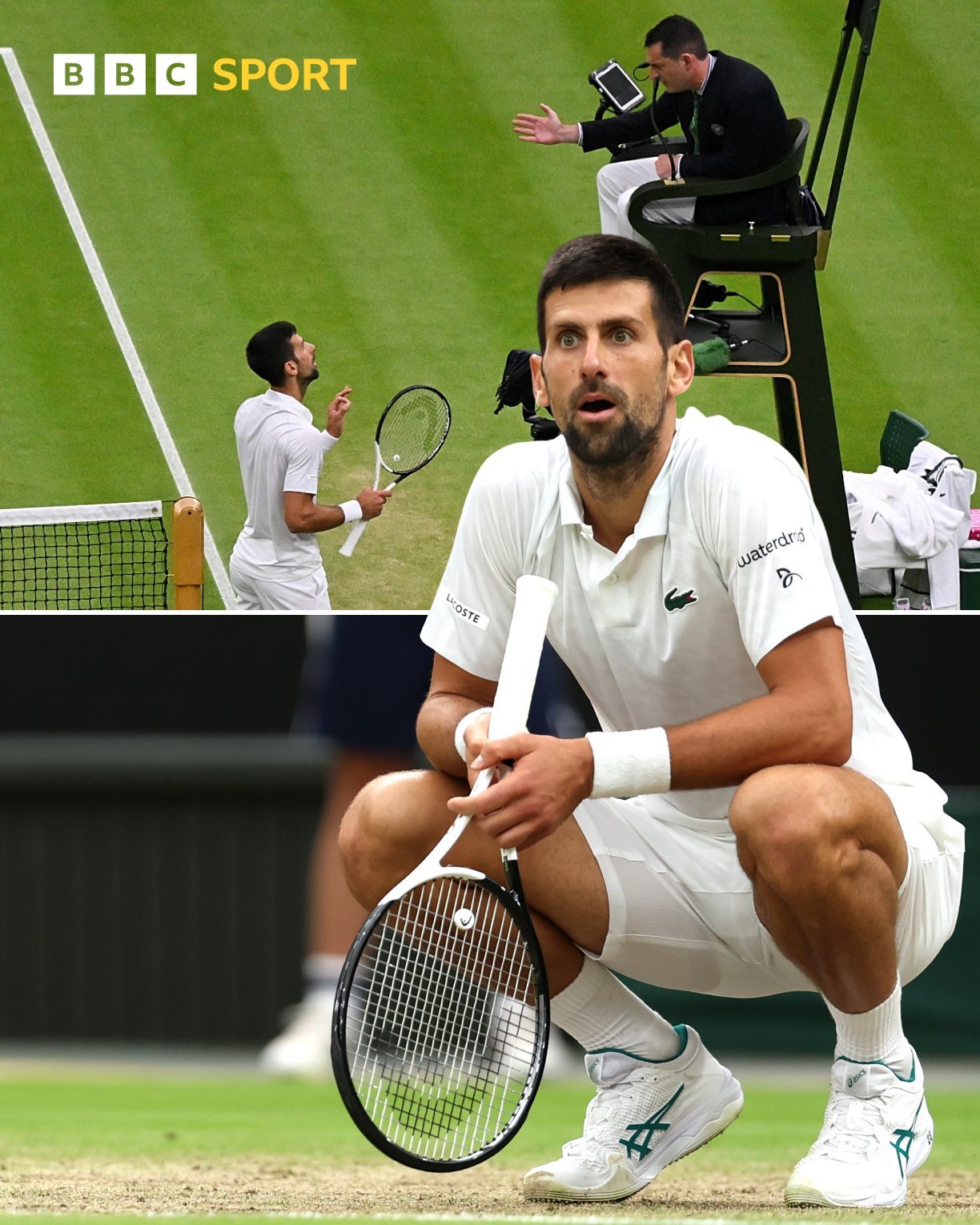What Does Hindrance Mean In Tennis?
In the Wimbledon semi-final against Jannik Sinner yesterday, Novak Djokovic made a loud and extended grunt whilst returning a ball. The chair umpire called out Djokovic for hindrance and awarded the point to Sinner.
In his Wimbledon 2023 semi-final match against Sinner, Djokovic was penalised for hindrance.
Out of all the rules, the hindrance rule is perhaps the most tricky to grasp. Simply put, hindrance means any kind of distraction that prevents the player from playing their shot.
It's essential to know that the hindrance rule is not an exact science. Umpires may interpret the rule differently, and two umpires might even have different interpretations of the same incident. It's the reason why the hindrance rule often becomes a hot topic during tournaments and can lead to a considerable amount of debate.
In yesterday's Wimbledon semi-final match, John McEnroe slammed the umpire's hindrance call as "horrible." But Djokovic didn’t allow that bad call to affect his game negatively, a testament to his mental strength.
In this blog post, I'll dive deep into this rule to examine what constitutes a hindrance and how you can better understand it.
Grunting
If you make a loud noise when retrieving a ball, and it interrupts your opponent's shot, you have violated the hindrance rule. Generally, grunting is considered an unintentional hindrance and the point will be replayed. However, if you are found to have excessively grunted with the intent of distracting your opponent, then it can be considered an intentional hindrance and you may be penalised and lose the point.
External Noises
While players can regulate their on-court conduct, they do not have control over external noises originating from the surroundings. Spectator-generated noises cannot be considered a hindrance, thus precluding the player from claiming a let or the point. However, if your opponent's cell phone rings during a point, an event that could have been prevented, you may immediately cease play and claim hindrance.
Physical Movements
With regard to physical movements, it can be tricky to determine what constitutes a hindrance. Generally, movements that are natural to a player's method of playing are allowed, including moving around while the server is preparing to serve. A player can even use deceptive movements to trick their opponent into thinking the ball will go in a different direction. However, intentionally distracting movements such as waving the racket or jumping up and down can be considered hindrances.
What To Do When There Is A Hindrance
If you consciously decide to play the shot despite a hindrance, you cannot claim it as a hindrance later on. On the other hand, if you stop playing the shot immediately due to the distraction, you have the right to halt the play and ask for a hindrance call from the umpire.
You can only claim a let if you could have made the shot without the hindrance. For example, if a ball rolls onto your court while your opponent hits a powerful forehand that's out of your reach, you can't call a let since you wouldn't have been able to return the smash successfully even without the ball rolling onto your court.
Knowing how to recognise and handle the different types of hindrances can help you keep your focus and momentum in each match. Following the proper rules and etiquette will ensure you have a fair, enjoyable experience while playing tennis.

